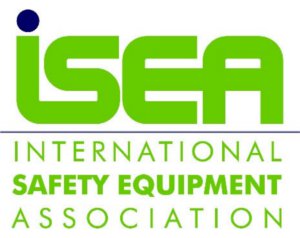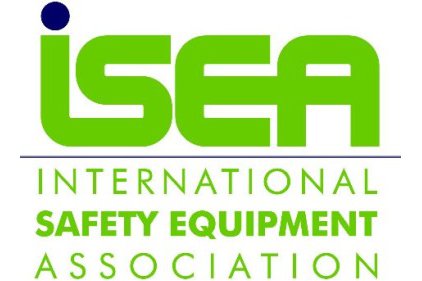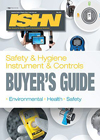 A new guide for selecting and deploying fixed systems to monitor hazardous gases is available from the International Safety Equipment Association (ISEA).
A new guide for selecting and deploying fixed systems to monitor hazardous gases is available from the International Safety Equipment Association (ISEA).
Fixed Systems for Your Flame and Gas Detection Application Solutions has been designed to help users select the detection technologies that best meet the needs of their industrial facilities, and plan and implement systems using these technologies for detection, monitoring, response and alarms.
In addition to guidelines for system planning and design, the document provides plain-English descriptions of the 15 most common detection technologies, listing pros and cons of each. These gas and flame detection systems are integrated into management and safety systems to provide real-time data, which is essential for employees, management and local responders in both regular operations and in the event of an exposure.
The guide also provides profiles of typical fixed site gas detection systems in eight applications, including refineries and chemical plants, water and waste treatment facilities, medical facilities, airports, automotive manufacturing, HVAC facilities, iron and steel and mining.
“This is an indispensable guide for anyone working at job where breathable hazards might exist,” said Dan Shipp, ISEA’s president. “It will be immediately useful to anyone who needs to know about this technology, such as architects, site managers, union stewards and others with safety responsibility.”
The guide was developed by ISEA’s Instruments Group, whose members include 3M, Draeger Safety, Honeywell Analytics, MSA and Scott Safety.
The guide is free and can be found online at www.safetyequipment.org.
ISEA
Arlington, VA-based International Safety Equipment Association is the leading trade association for manufacturers of safety and personal protective equipment. Established in 1933, ISEA supports its 70-plus members in manufacturing and marketing the highest-quality products to protect the safety and health of people who may be exposed to hazardous and potentially harmful environments while working on the job or at home. Visit www.safetyequipment.org.




